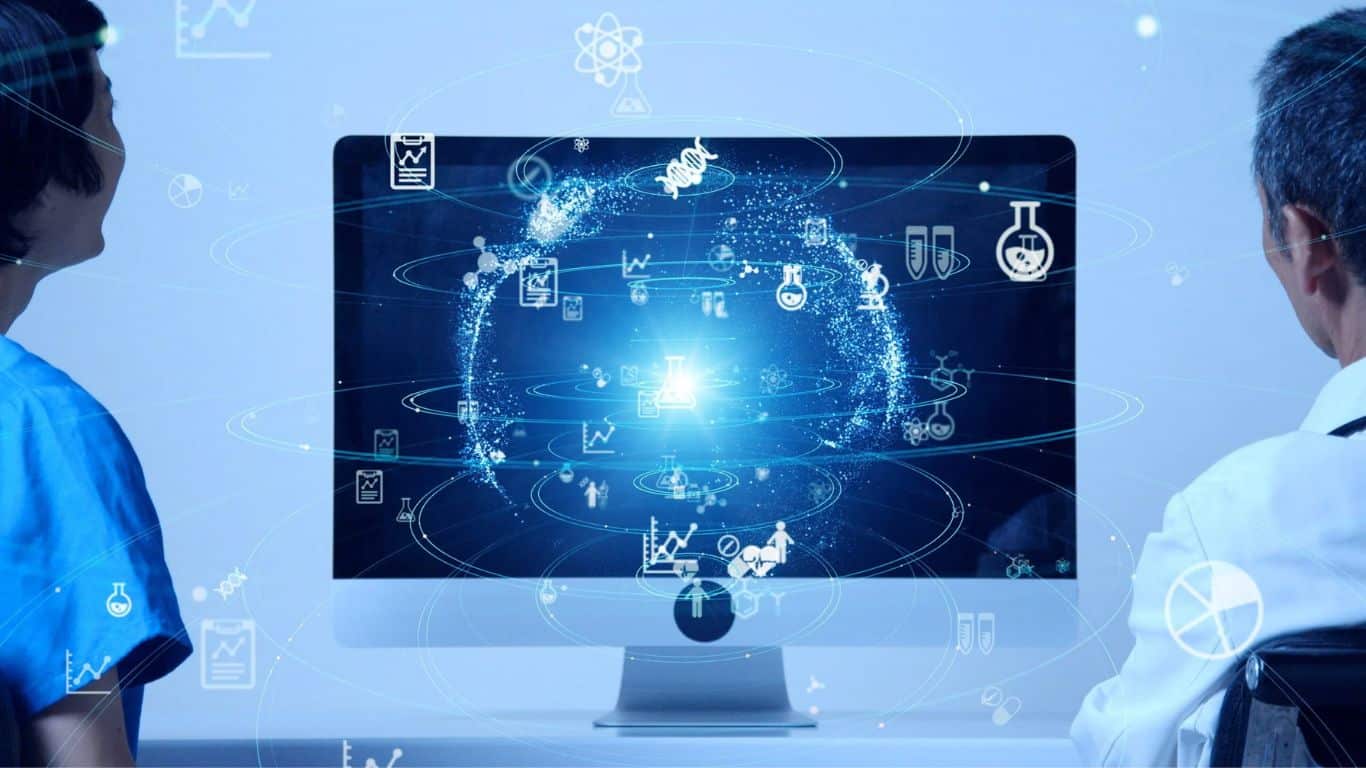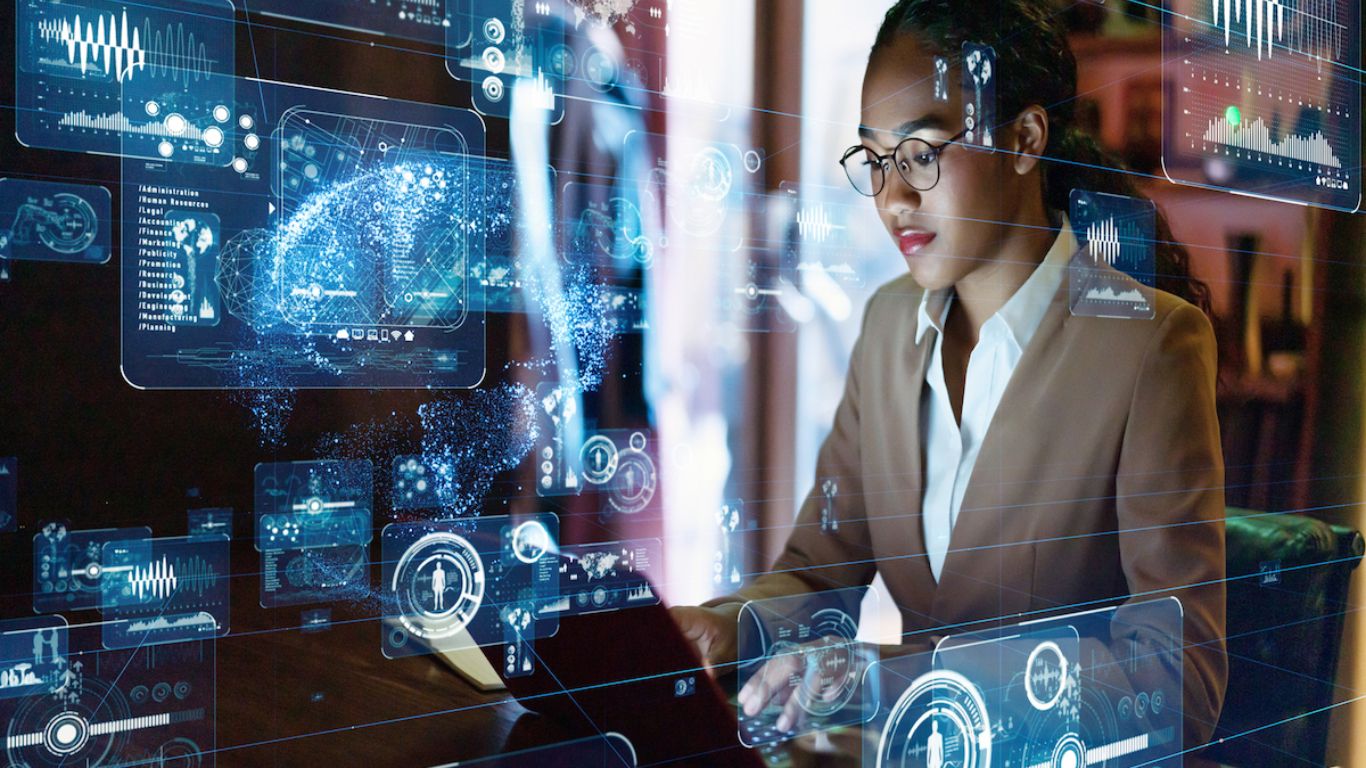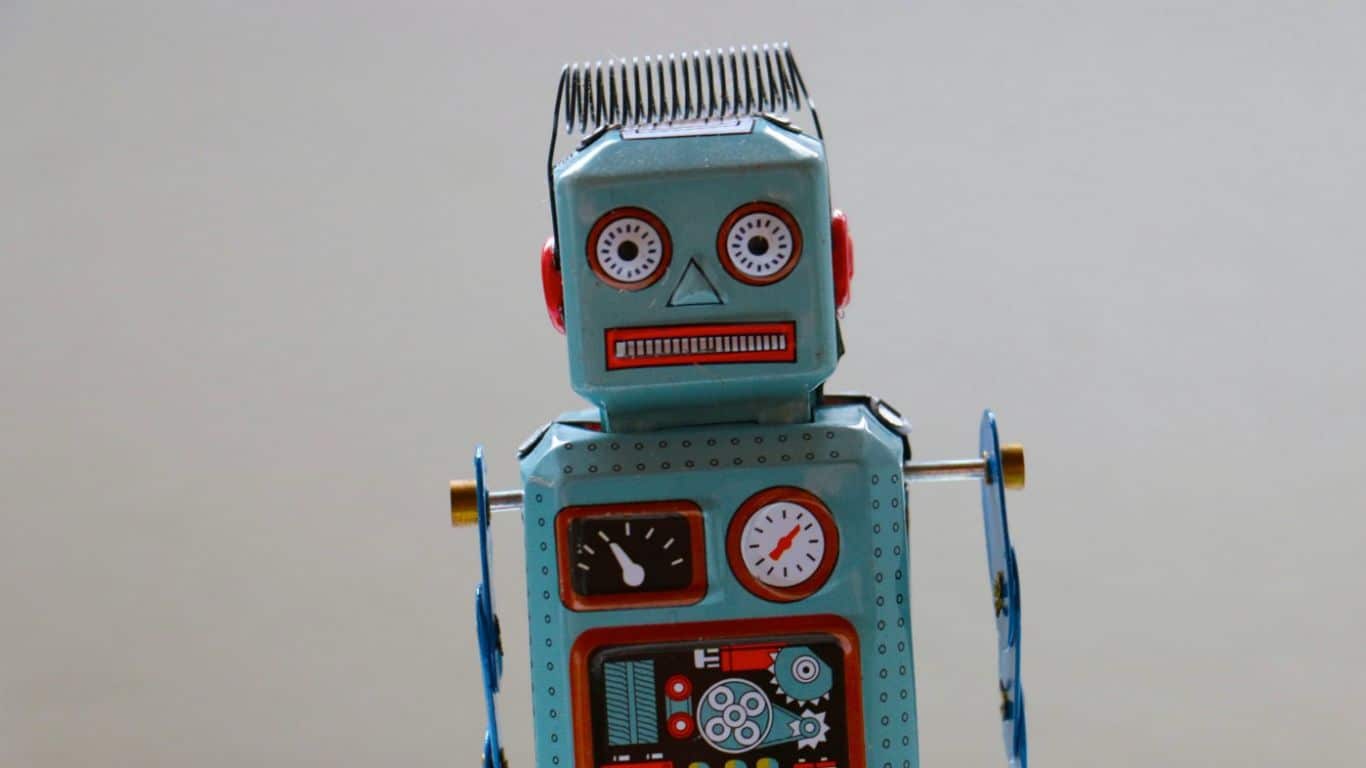Artificial intelligence (AI) is increasingly becoming a part of our daily lives, and education is no exception. AI technology has been integrated into educational institutions in many forms, from personalized learning to automated grading systems. While the use of AI in education has many potential benefits, it is important to consider its limitations also. This article aims to explore the advantages and disadvantages of AI in education, with a focus on the benefits it can bring to students and teachers, as well as the potential drawbacks that need to be addressed. By examining both sides of the issue, we can better understand how to leverage AI to improve education while also mitigating its limitations.
AI in Education: Benefits and Limitations
Benefit: Personalized learning experiences

With the help of AI technology, educational content can be tailored to each student’s unique learning style and abilities. This allows students to learn at their own pace, in a way that is best suited to their needs. Personalized learning experiences can also help to keep students engaged and motivated, as the content is designed to be more relevant and interesting to them. AI can also provide students with immediate feedback on their progress, helping them to identify areas where they need to improve and giving them a greater sense of control over their own learning.
Limitation: Lack of emotional intelligence and social interaction skills

While AI technology can be highly effective at delivering personalized content and providing feedback, it cannot replicate the emotional intelligence and social skills that are critical to human interactions. For example, AI-powered chatbots or virtual assistants may not be able to pick up on subtle cues in a student’s tone of voice or body language, which can make it difficult for them to provide appropriate emotional support. AI lacks the ability to empathize or build relationships with students in the same way that human teachers can, which can be an important factor in student engagement and motivation.
Benefit: Improved accessibility and inclusivity

AI technology can help to breakdown barriers that prevent some students from accessing education, such as physical disabilities or language barriers. For example, AI-powered translation tools can help students who speak different languages to communicate and learn together, while voice recognition technology can assist students who have difficulty typing or writing. AI can also be used to create content that is more accessible to students with disabilities, such as closed captions or audio descriptions for videos. By making education more accessible and inclusive, AI technology can help to ensure that all students have the opportunity to learn and succeed.
Limitation: Ethical concerns related to data privacy and bias

As AI technology becomes more integrated into educational institutions, there is a risk that student data may be compromised or misused. For example, if student data is not adequately protected, it may be vulnerable to hacking or misuse by third parties. AI algorithms may contain biases that can impact student outcomes, such as racial or gender bias in grading systems. It is important to ensure that data privacy is protected and that AI algorithms are transparent and accountable, so that they do not perpetuate bias or discrimination. Educational institutions must take steps to ensure that data privacy and ethical considerations are given due attention and that appropriate safeguards are put in place to protect student data and prevent any unintended consequences of AI use.
Benefit: Real-time feedback and assessment

Teachers With the help of AI, can provide students with immediate feedback on their performance, allowing them to identify areas where they need to improve and make adjustments in real time. This can be especially helpful for students who are struggling, as it can prevent them from falling behind and feeling discouraged. AI can be used to automate the grading process, which can save teachers time and reduce the risk of human error. With the ability to provide real time feedback and assessment, AI technology has the potential to enhance the educational experience for both students greatly and teachers alike.
Limitation: Limited understanding of cultural and linguistic nuances

AI-powered educational tools may not be able to understand the cultural fully or linguistic context of students, which can lead to inaccurate or incomplete learning experiences. For example, AI language translation tools may not accurately capture the nuances of a particular dialect or slang, which can result in miscommunication or confusion. AI algorithms may not be able to take into account the cultural differences in the way that students learn, which can impact the effectiveness of the educational content.
Benefit: Enhanced efficiency and productivity for teachers and administrators

AI can be used to automate many routine and time-consuming tasks, such as grading, lesson planning, and administrative tasks, which can free up teachers and administrators to focus on more high-value tasks. For example, AI-powered tools can analyze student data and provide insights that can help teachers to tailor their instruction to meet the needs of individual students better. This can help to improve student outcomes and reduce teacher workload. AI can also be used to optimize scheduling and resource allocation, making it easier for administrators to manage complex operations such as course scheduling, staffing, and budgeting.
Limitation: Dependence on technology, which can lead to technical issues and glitches

While AI can bring many benefits to the educational experience, it also introduces the risk of technical issues and glitches that can disrupt learning. For example, if a school’s internet connection or power supply is disrupted, students may not be able to access online educational content or use AI-powered tools. If AI algorithms are not properly maintained or updated, they may become outdated and less effective over time. This can impact the quality of the educational experience and create a dependency on technology that may not always be reliable. It is important for educators to recognize the risks of technical issues and to have backup plans in place to ensure that learning can continue even in the event of technical difficulties.
Also Read: Google Was Using AI Before ChatGPT Hit the Market and No One Realized it



